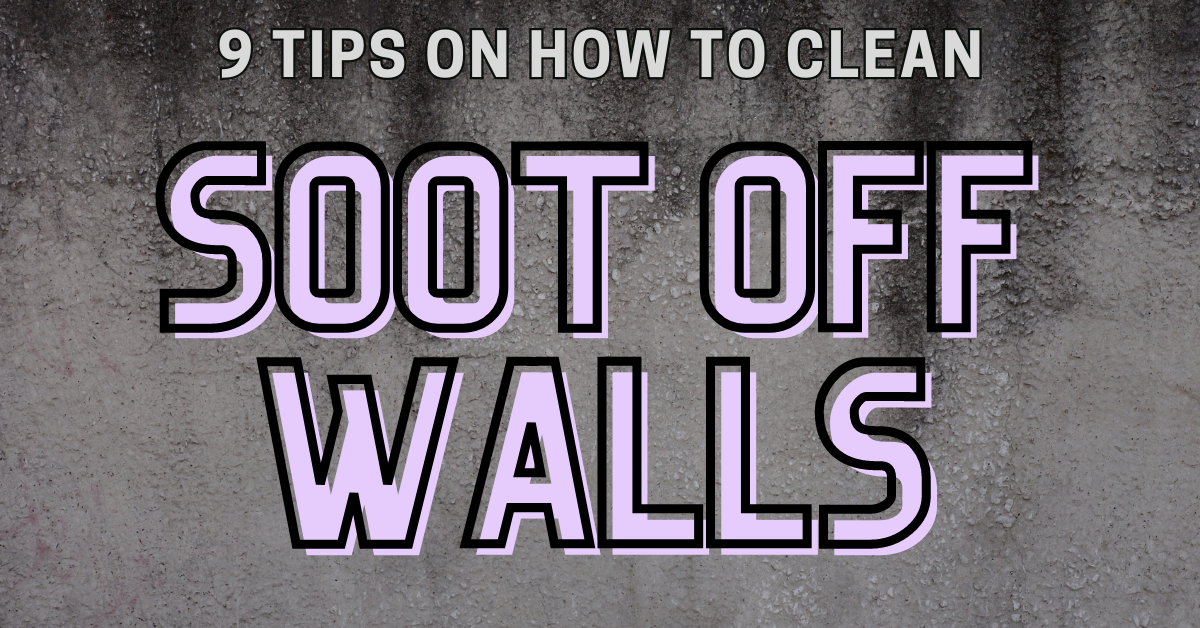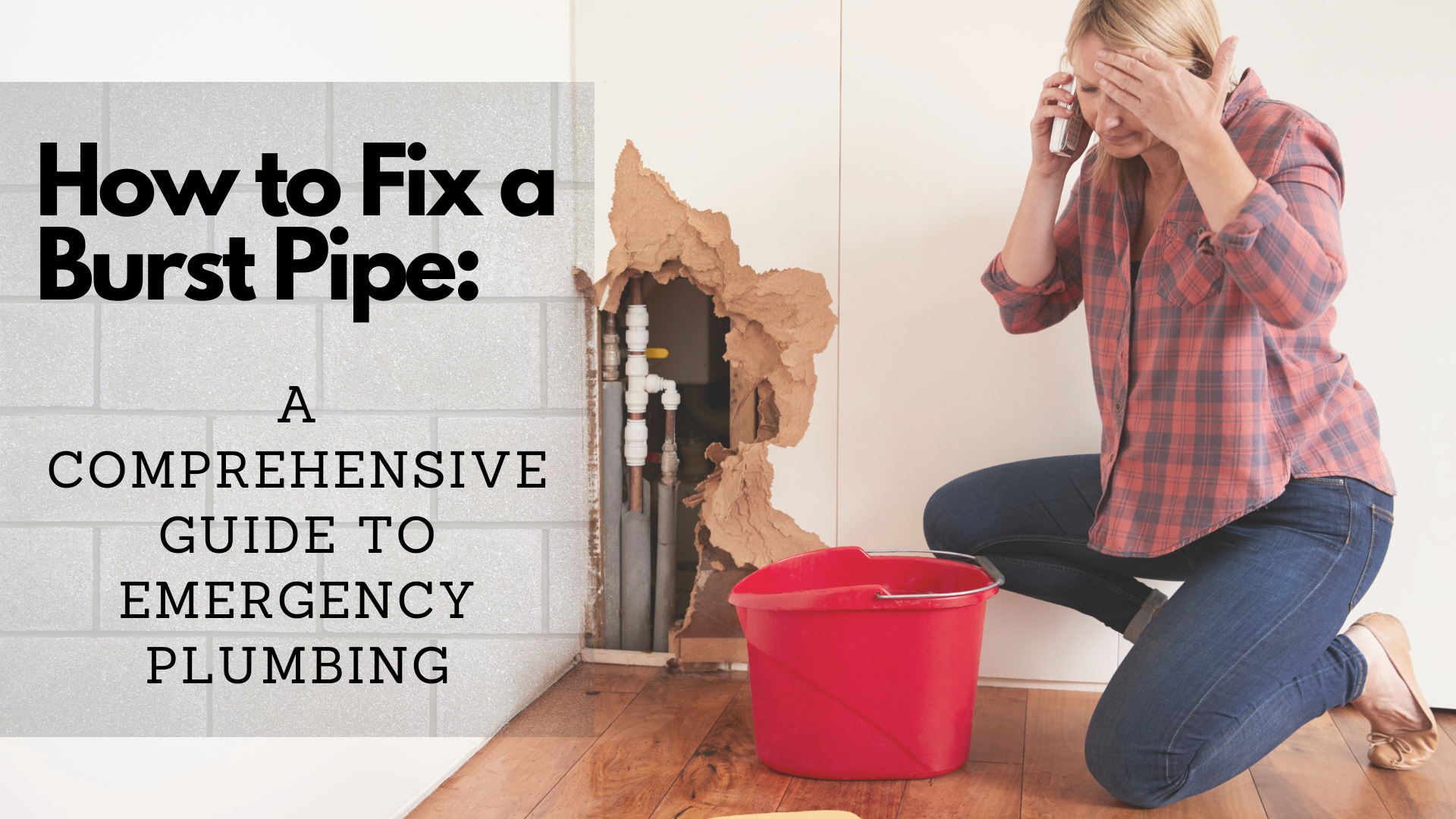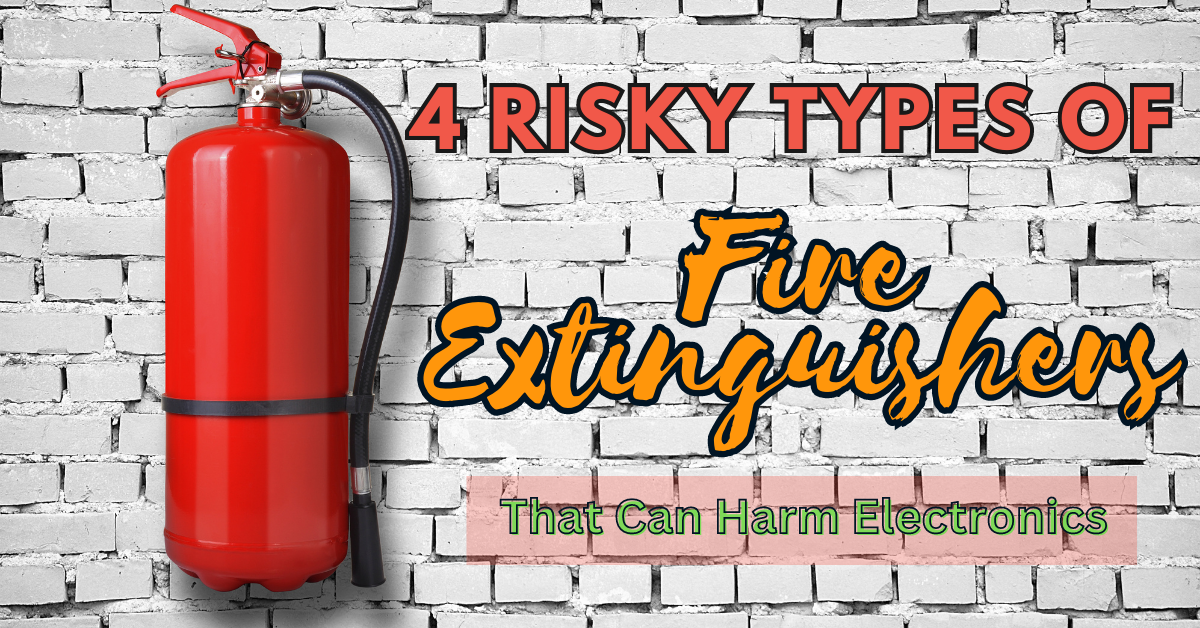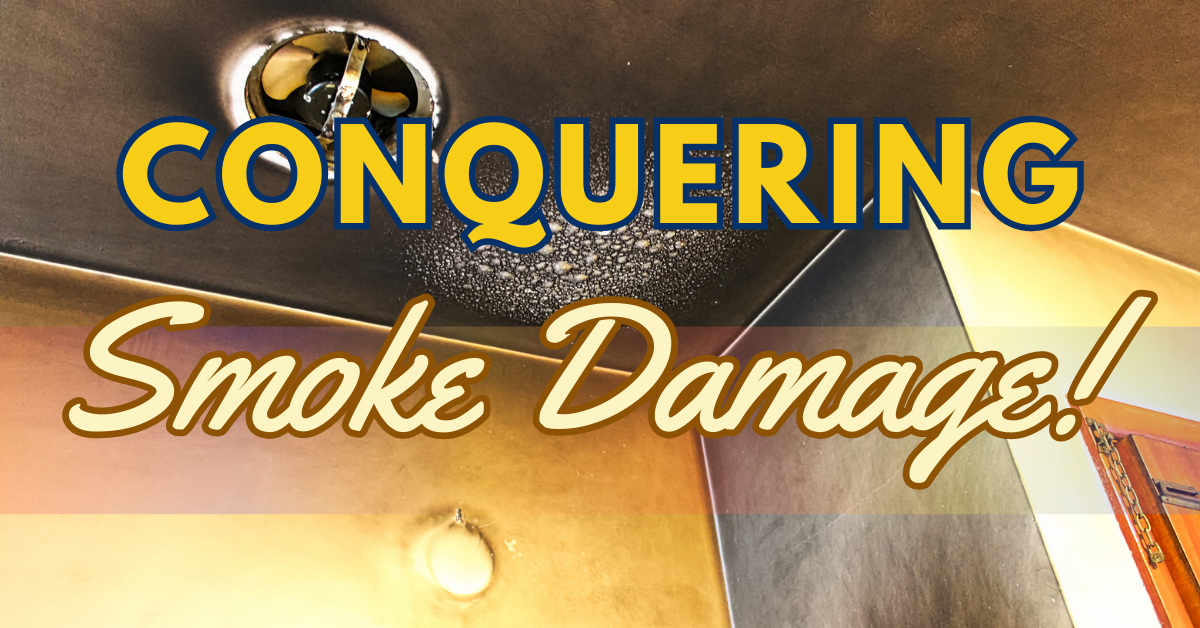 Even small fires or burning of different materials like wood, synthetics, plastics, natural fibers, etc. can all lead to soot stains. This black residue that remains after a fire sticks to any surface in your home such as furniture, cabinets, ceilings, and especially—the walls. Since soot is acidic, the black stains are easy to spot on light-colored walls and to clean soot off walls is not that easy.
Even small fires or burning of different materials like wood, synthetics, plastics, natural fibers, etc. can all lead to soot stains. This black residue that remains after a fire sticks to any surface in your home such as furniture, cabinets, ceilings, and especially—the walls. Since soot is acidic, the black stains are easy to spot on light-colored walls and to clean soot off walls is not that easy.
Soot damage from walls is not only unpleasant but a health hazard, too. Eliminating it completely requires specific techniques and tools that only fire damage experts can do.
However, we’ll share a few tips on how to clean soot off walls to make your home soot-free.
How to Clean Soot Off Walls
Remember to Protect Yourself When You Clean Soot Off Walls
- Inspect first the room or area that needs to be cleaned.
- Don’t touch anything when you try to inspect the affected area to prevent transferring the residue to other surfaces/areas.
- Wear your face mask, rubber gloves, and clothing that covers your skin before cleaning.
- Open all windows and doors to ventilate the area and minimize inhalation of soot particles.
- Get rid of all debris so you can easily and efficiently clean the area.
REMEMBER: Soot particles can enter your body and may lead to certain health issues such as respiratory problems, heart disease, or even cancer. Professionals should work on the major cleanup of soot and smoke damage to prevent further problems.
Cleaning Materials to Use When You Clean Soot Off Walls
Common cleaning materials used when you clean soot off walls include the following:
1. Gloves to keep your hands free of stains and clean. A face mask to reduce the smell of cleaning solutions that you will be using.
2. Dry and wet rags or cloth should be available during the process. Wet rags are better at cleaning soot while dry rags are good at wiping away soot residue.
3. Bucket is needed to hold the cleaning solution.
4. Soot remover sponge (also known as chemical sponge/wall Brite sponge/chemical sponge). They work well when dry and get dirty upon cleaning, so just cut the stained portion then proceed in cleaning.
5. Household cleaners and degreasers are used to get rid of thicker, oilier stains. Though degreasers work well on wood, they work best on painted walls and surfaces. Avoid gritty cleaners so as not to scratch the paint and wood.
6. Vacuum cleaner with a HEPA filter is very useful in safely getting rid of soot, smoke, and odors. Take note of proper process and technique when using it as soot sometimes still remains within the surface.
7. Air Scrubbers trap soot particles that are released during vacuuming and can help in deodorizing the air.
Steps to Clean Soot Off Walls
1. Put on protective gear.
The first thing that you have to consider when you clean soot off walls is to use protective gear. Soot can affect your health so protect yourself by wearing gloves, a face mask, long sleeves, and pants. This can protect you from the harmful carbon in the soot and transfer it to other surfaces.
2. Keep the area ventilated.
Open windows and turn on circulating and venting fans to get the air flowing. This is to reduce the inhalation of soot particles and provide fresh air. Moreover, turn off the HVAC system to prevent spreading the of soot and smoke. This is one of the important things that you need to consider when you clean soot off walls.
3. Cover or remove items or belongings.
Some of the soot particles can spread and settle on your carpets, furniture, and other belongings once you get rid of soot from your walls and ceilings. Covering them can help you clean soot off walls easily.
4. Cover up the floor.
Protect your floor by covering it with newspapers, tarps, or sheets to prevent soot from falling. This will also prevent further damage as you clean soot off walls.
5. Vacuum soot residue off the walls.
When vacuuming loose soot particles from walls, begin at the top and hold the nozzle/vacuum brush about one-half inch away from the wall. Avoid contact with the wall or the area you are cleaning because smearing can occur.
If soot stains are located above your head, use a ladder or a strong step stool to reach them. Move the ladder or step stool slowly and frequently if needed for your safety.
6. Use a soft sponge or a dry cleaning sponge to wipe away soot stains.
Soot staining from walls can be permanent. Wipe the walls slowly and in a downward motion. Continue this until the surface or area has been cleaned. Turn to the clean side of the sponge if it becomes black or cut the black portion thinly.
Remember NOT to scrub the walls to avoid further damage and NOT to wet the sponge for effective cleaning of the soot.
7. Wash the walls and clean residual stains.
Dip the sponge in a dish soap solution (6 tablespoons of dish soap or degreaser in a gallon of warm water) and wipe it in a downward motion. This can be done frequently to wipe off remaining soot stains.
8. Rinse off and dry.
To make sure that your walls are clean, rinse off residual detergent and soot with plain or freshwater. Then dry the walls with a towel or a lint-free microfiber cloth.
9. Remove the floor cover and other protective materials then vacuum.
After cleaning the walls, remove and dispose of the covers like drop cloths and tarps carefully to avoid fallen soot particles. Then vacuum your floor.
Contact Fire and Smoke Damage Professionals
Following the steps above can help remove soot from walls. However, heavy residues that are difficult to remove will require assistance from experts who have years of experience like Superior Restoration. We’ll make sure to get the job done correctly the first time.
Please contact Water Damage Riverside and experience a safe home again. We are available 24 hours a day, 7 days a week. We provide water damage and mold damage restoration services as well.




